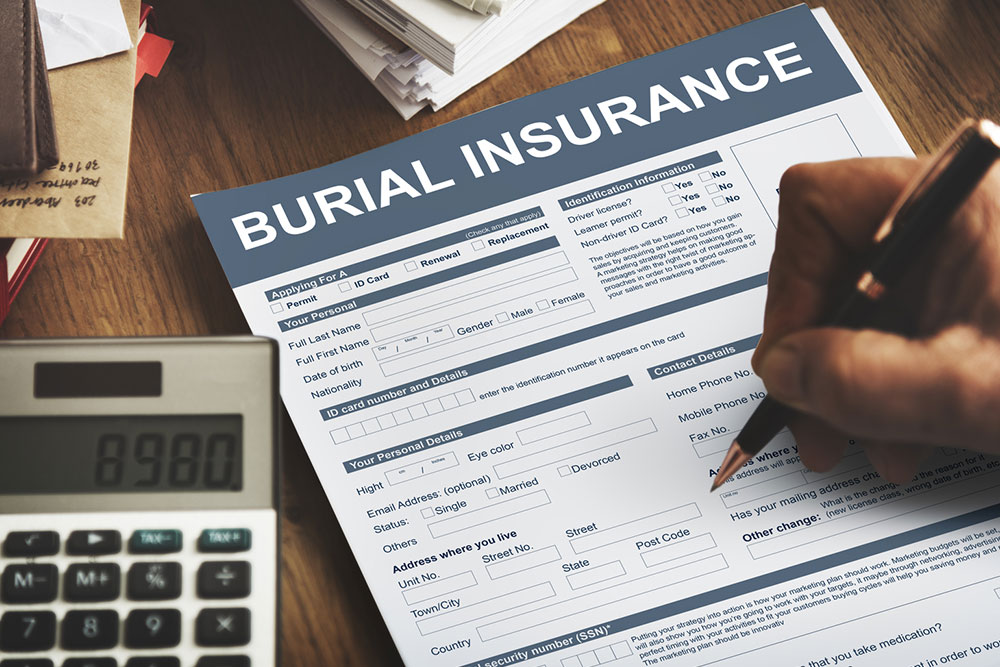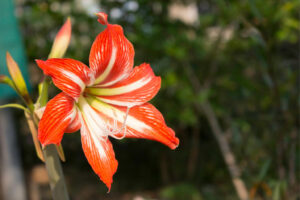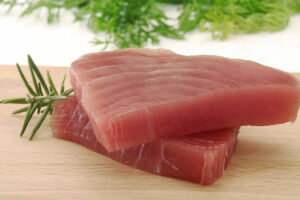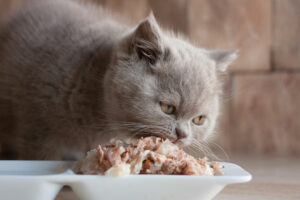11 things to know when purchasing a burial insurance

While contemplating mortality may not be the most comfortable topic, it is a reality that deserves careful consideration. When planning for the inevitable, few decisions are as crucial as securing burial insurance. Burial insurance, often called final expense insurance, is a poignant expression of love and responsibility toward one’s family. This policy provides a vital safety net, ensuring that loved ones are not burdened with the financial strain of arranging a fitting farewell.
Here are some key factors to consider:
Determining coverage needs
Burial or final expense insurance is tailored to cover funeral, burial, or cremation expenses. By preparing for these costs in advance, individuals ensure their loved ones are not left grappling with the financial stress of organizing a proper send-off. It may include expenses like caskets, urns, burial plots, headstones, funeral services, and even outstanding debts.
Differentiating policy types
Burial insurance typically comes in two forms – Pre-need insurance and final expense insurance. Pre-need insurance is often purchased directly from a funeral home and is designed to cover specific pre-arranged funeral services. Final expense insurance, conversely, offers a lump-sum payout to beneficiaries, allowing them to utilize the funds as needed for funeral expenses. Final expense insurance gives beneficiaries more flexibility in using the funds for various end-of-life expenses.
Considering age and health
Unlike conventional life insurance policies, burial insurance is more accessible to individuals with pre-existing or advanced-age health conditions. Some policies may not require a medical exam, making them a practical option for individuals who may have difficulty obtaining other forms of insurance. This accessibility ensures that more people can secure the coverage they need regardless of their health status.
Comparing premiums and costs
Premiums for burial insurance can vary widely based on age, coverage amount, and the provider. Obtaining quotes from multiple insurers ensures the policy aligns with the individual’s financial parameters. Additionally, individuals should be aware of any potential rate increase in the future. Comparing premiums helps find affordable coverage and ensures that the chosen policy provides value for the premium paid.
Reading the fine print
Before finalizing a burial insurance policy, individuals should carefully scrutinize the terms and conditions stipulated in the contract. It includes understanding any exclusions, limitations, or waiting periods that may apply. Clear communication with the insurance provider is essential to ensure there are no surprises down the line. This step prevents misunderstandings and ensures the policy meets individual expectations.
Choosing a reputable provider
Selecting a reputable and reliable insurance provider guarantees that the burial insurance policy fulfills its intended purpose. Researching customer reviews, seeking recommendations, and verifying the provider’s credentials are indispensable. A reputable provider ensures that the policyholder’s funds are secure and that the claims process is smooth for beneficiaries.
Communicating intentions with beneficiaries
Individuals must communicate their intentions regarding burial insurance with their beneficiaries. This open dialogue can provide peace of mind and clarity for all parties involved, ensuring the funds are used per the individual’s wishes. Communicating intentions with beneficiaries helps avoid any potential misunderstandings or disputes later on.
Considering additional coverage
Individuals may sometimes opt for additional coverage options such as accidental death and dismemberment insurance or even a small life insurance policy to supplement their burial insurance. This extra layer of protection can provide peace of mind for the policyholder and their beneficiaries. Additional coverage options offer a broader safety net, covering various scenarios that may not be included in the standard burial insurance policy.
Understanding payment options
Regarding burial insurance, there are typically several payment options available. Some policies allow for single, upfront payments, while others offer the flexibility of monthly premiums. Understanding and selecting the payment structure best aligns with the individual’s financial situation. Choosing the right payment option ensures that the policy remains affordable and accessible.
Exploring policy customization
Burial insurance policies can often be customized to suit specific preferences. This may include options for adding coverage for memorial services, flowers, or even outstanding debts. Exploring these customization options ensures that the policy adequately addresses the individual’s needs. Customization options allow individuals to tailor their policy to their specific circumstances and preferences.
Seeking professional guidance
In selecting burial insurance, seeking advice from a qualified insurance agent or financial advisor can be invaluable. These professionals have the expertise to navigate the intricacies of burial insurance policies and can offer tailored recommendations based on individual circumstances. Professional guidance ensures that individuals select the policy that best aligns with their needs and financial situation.



